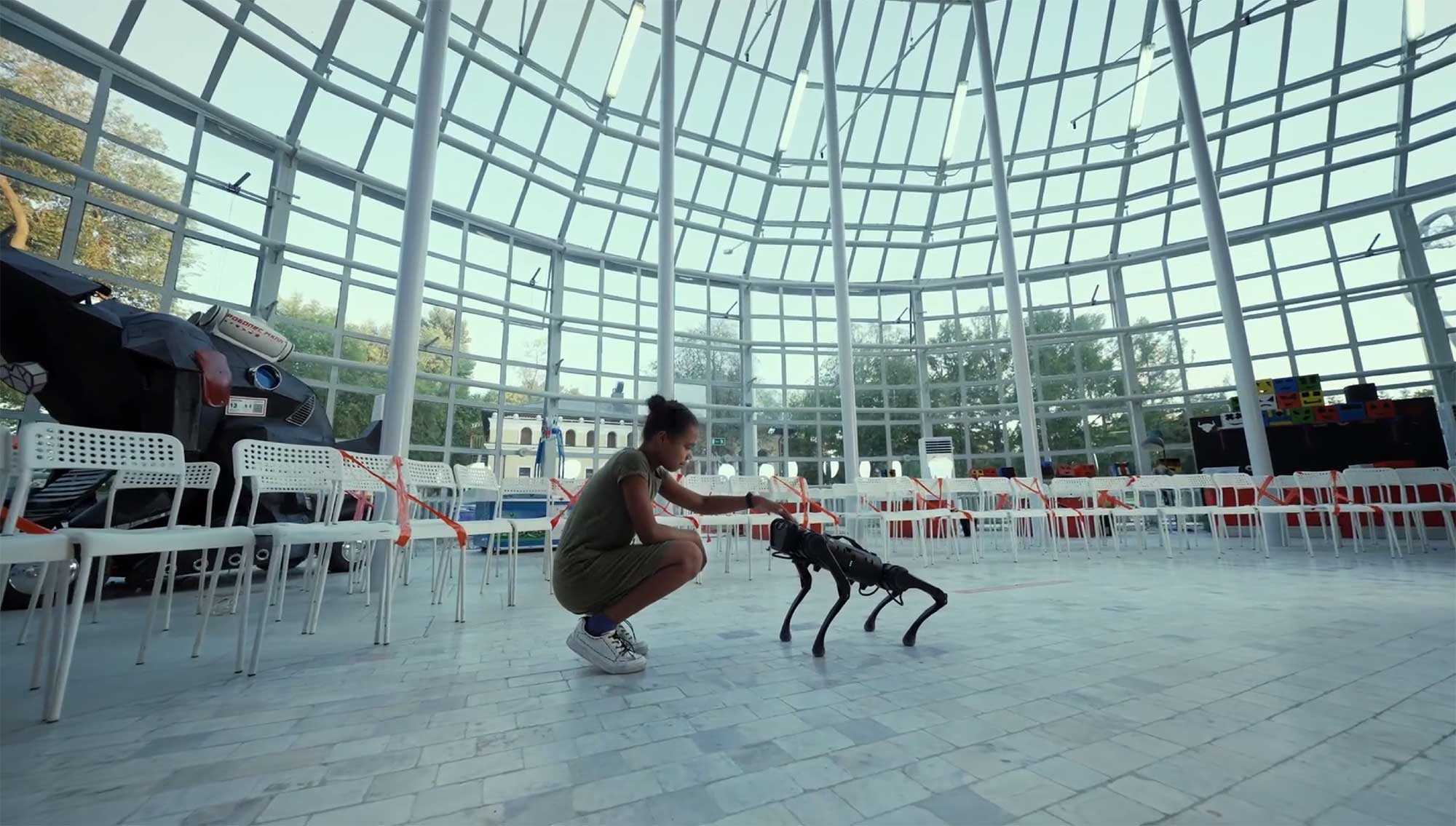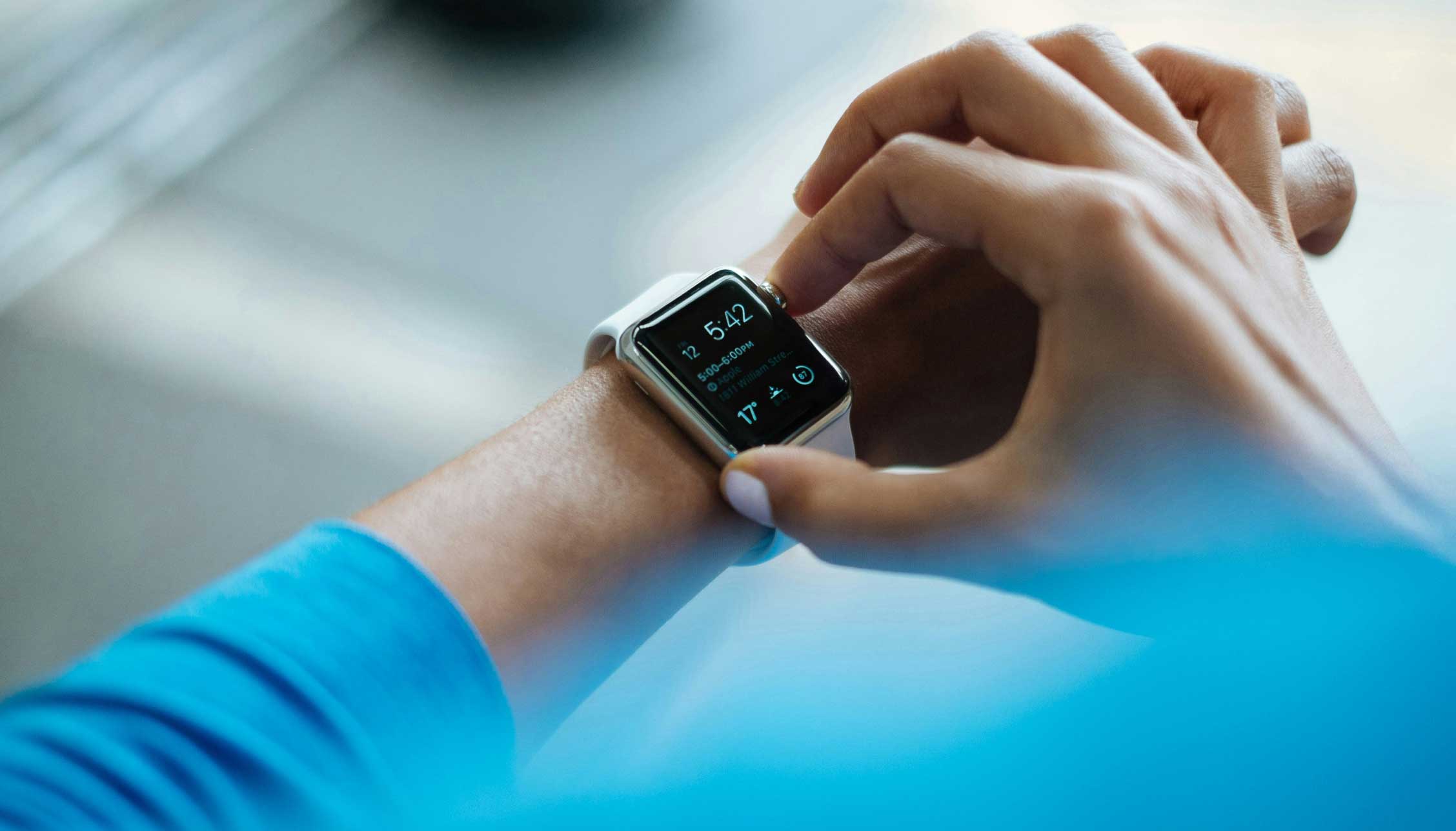Innovation
The future of robotics: expert insights – part 2
In part 1 of our expert insights series, we explored the rise of humanoids, service robots, and robotic arms and how these innovations are already reshaping industries.
Now, robotics is expanding beyond humanoids and industrial arms. Mobile robots, educational platforms, and robots for extreme environments are redefining the way we work, learn, and explore. At Osedea, our robotics team experiments with these technologies to build custom solutions that combine AI, software, and mechanical design to solve real-world problems.
We spoke with Robin Kurtz and Hugo Turlet to explore the next frontier of robotics and the trends shaping its future.
Mobile Robots & Autonomous Mobile Robots (AMRs)
Q: How are AMRs reshaping logistics and work environments?
Robin: “We’ve had AMR vacuums at home for years, but the real growth is in industrial applications. Lawnmowers, snow plows, and even agricultural robots are becoming more common. In warehouses, coupled with other automations, AMRs create fully autonomous operations. They are moving goods faster, safer, and more efficiently than humans.”
Hugo: “Some companies like Amazon and Decathlon have adopted AMRs to navigate warehouse shelves smoothly. They retrieve items faster, optimize storage space, and avoid collisions thanks to radar-based navigation. Each robot knows where the others are, allowing for precise flow management without chaos.”
.jpg)
Developer & Educational Robots
Q: Why keep robotics open and accessible for developers and students?
Robin: “Robots will be everywhere. Understanding how to program, operate, or debug them is crucial. The sooner we start learning, the more effectively we can push these technologies forward.”
Hugo: “Open-source was a key driver for software programming. Sharing and building on others’ work accelerates collective skills. Platforms like Hugging Face are making robotics more accessible, with fully 3D-printable robot designs. Anyone with basic electronics, mechanics, and programming knowledge can now build their own robot.”
Exploration & Extreme Environment Robots
Q: How are robots helping us explore previously unreachable environments?
Robin: "Robots like Spot, ANYmal, and Dante II enable missions in harsh, hazardous, or remote locations. These platforms enhance safety, allow humans to focus on critical decisions, and open the door to new possibilities in industries ranging from construction to disaster response."
Hugo: "In short, robots extend human reach. They're acting as our eyes, ears, and hands in environments too dangerous or remote to access safely, expanding both research and operational capabilities."
Trends, AI & the Future of Robotics
Q: What current trends are most promising in robotics?
Robin: “Reinforcement learning with simulated data is a game-changer. Robots can experiment with millions of scenarios safely, then apply this knowledge in the real world. This accelerates development and makes platforms highly adaptable.”
Hugo: “Large Language Models will revolutionize how we interact with robots. Today, engineers ‘speak robot’ through programming. Tomorrow, anyone will communicate with robots in natural language, making robotics far more accessible.”
Q: What real-world challenges can robotics solve?
Robin: “In manufacturing, robots can handle repetitive, dull, or physically demanding tasks. This allows humans to focus on creative, meaningful work rather than exhausting or monotonous jobs.”
Hugo: “Robots should no longer be seen as sci-fi gadgets. They solve real problems, like aging infrastructure, repetitive processes, and tasks that strain humans. It’s time we treat robotics as practical solutions, not futuristic curiosities.”
Q: Emerging trends and opportunities
Robin: “UBTECH Robotics’ Walker S2 shows how humanoids are moving toward untethered operation with self-swappable batteries: more freedom, less wiring.”
Hugo: “Exoskeletons are the next step. These performance-enhancing cobots will transform construction, manufacturing, and human labor-intensive industries.”
Conclusion
The robotics revolution is accelerating. Mobile robots streamline logistics, educational platforms empower future developers, and extreme environment robots extend our reach safely. Coupled with AI, simulation, and open-source approaches, robotics is becoming more adaptable, efficient, and accessible than ever before.
At Osedea, we help organizations integrate these solutions, turning experimental robotics into practical, high-impact tools. The question is no longer if robotics will transform your operations, but how ready you are to embrace the change.
If you’re exploring robotics for your business or want to discuss a custom solution, our team is ready to help bring your vision to life. Contact us today.


Did this article start to give you some ideas? We’d love to work with you! Get in touch and let’s discover what we can do together.



-min.jpg)








